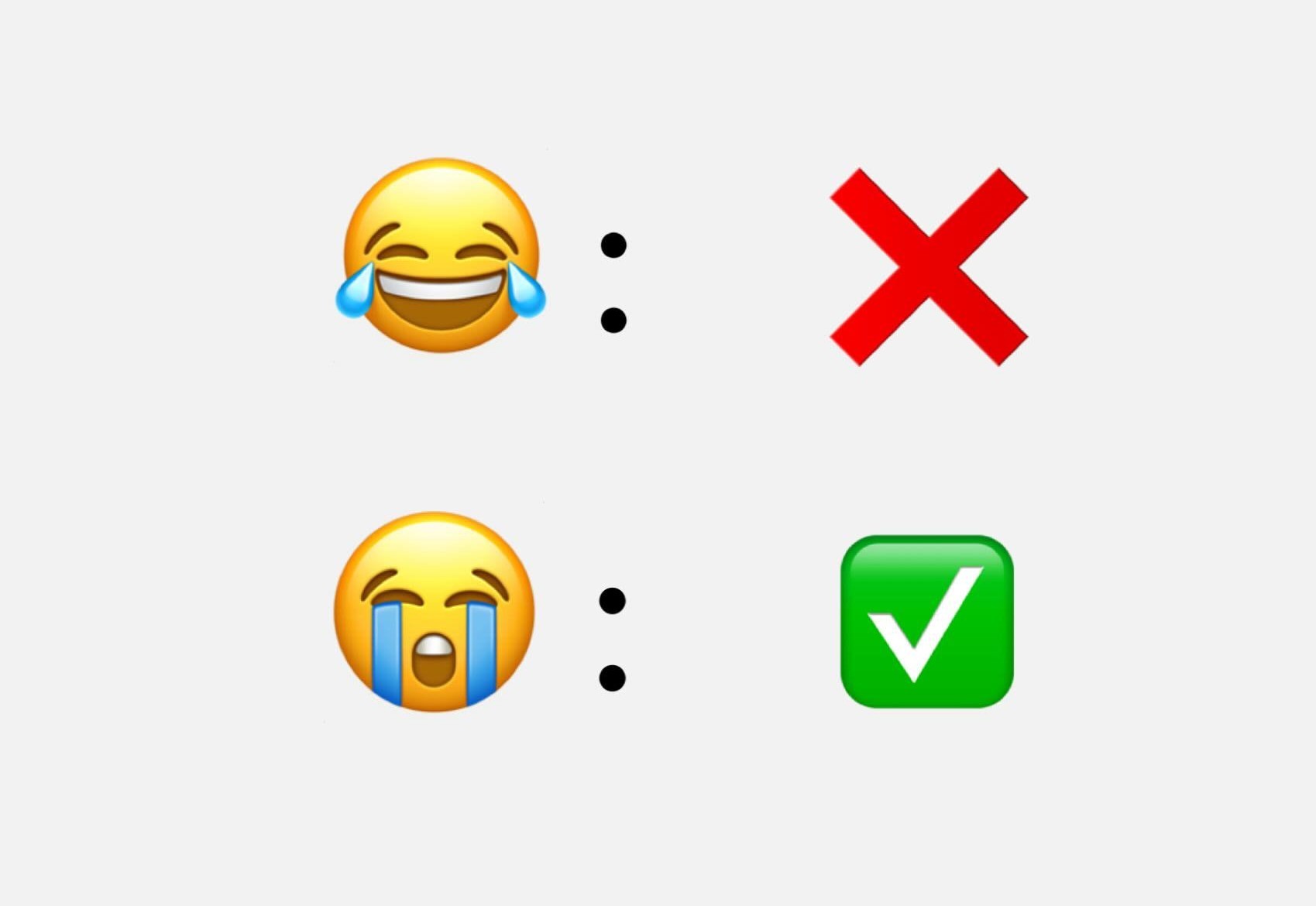World Laughter Day: Gen Z ditches the laugh emoji for crying and skull faces
As Gen Z favors skull and crying emojis over the traditional laughing emoji, content creators highlight their unique approach to humor.
If you’re still using the ‘laughing’ emoji, you might just be giving away your age. Once the universal symbol for laughter, it’s now seen as outdated by Gen Z, who prefer a dark, more ironic sense of humour. Their go-to emojis are now the skull, crying face, and rock — ubiquitously used to express sarcasm, absurdity, or extreme hilarity.



This noticeable shift in emoji choices—often leaving older generations puzzled—has not gone unnoticed. Irish emoji expert Keith Broni told the Irish Mirror that while millennials and boomers still favour the laughing emoji, it’s steadily falling out of fashion as Gen Z is opting for the skull emoji to convey laughter instead.
Back home, Indian content creators explain why Gen Z has adopted a different set of emojis to depict humour.
Digital content creator Atisha Pratap Singh believes Gen Z struggles with self-expression, and these unconventional emoji choices offer an easy, edgy, and expressive shortcut. “In today’s age, the younger generations feel more comfortable [using emojis] while making digital conversations, and because these emojis are anything but their literal meaning, it also adds an extra layer of fun,” she adds.
Digital content reator Srishti Garg thinks that this generation is “unhinged” and “nonchalant”, so when it comes to expression, they just go all out. “A lot of us are suffering from ‘brainrot’ (not literally), and that has translated into the way we make conversation. I like to go all out when expressing myself by using the funkiest emojis like the one with its tongue out (for crazy),” she says.
For content creator Mehak Dhawan, these emojis are more dramatic than a regular laugh, exaggerating emotions in the funniest way possible. “These newer emojis carry a perfect blend of irony and absurdity that just gets today’s internet humour. The way we use emojis now is a reflection of how language is evolving online. With slang, memes, and emoji combos, it’s like we’re all speaking in digital dialects,” she says.






